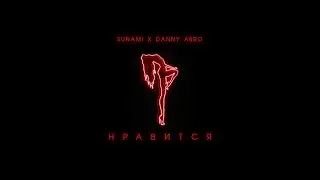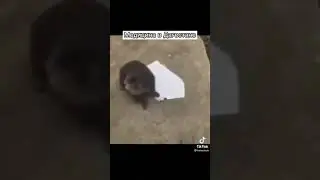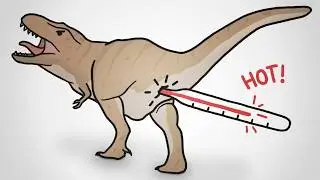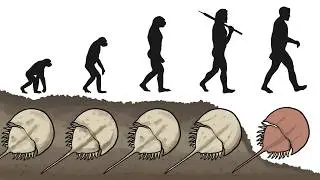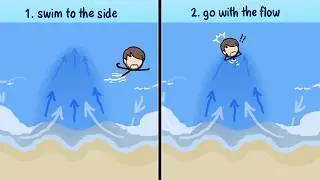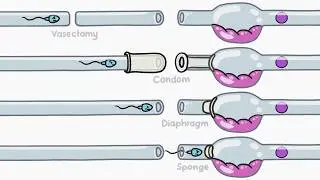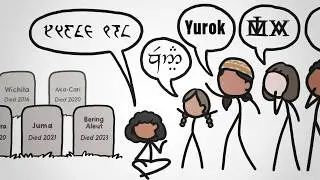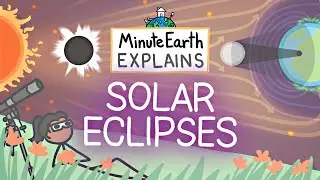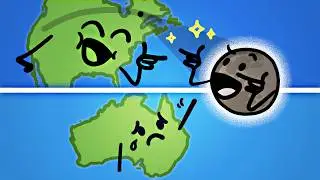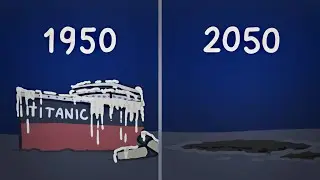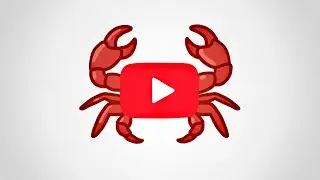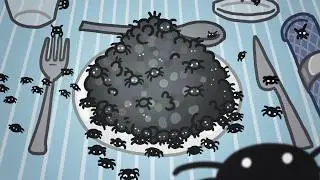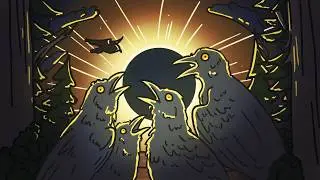Is it a bee, a wasp, a fly, or a moth?
It can be hard to distinguish bees from all the other insects out there that look like bees.
If you want to learn more about this topic, start your googling here:
Mullerian mimicry: a type of mimicry in which two or more animals with defenses develop similar appearances as a shared protective device
Batesian mimicry: a type of mimicry in which an animal with no defenses is protected by its resemblance to an animal capable of defense
___________________________________________
Credits (and Twitter handles):
Script Writer: Kate Yoshida (@KateYoshida)
Script Editor: Alex Reich (@alexhreich)
Video Illustrator: Ever Salazar (@eversalazar)
Video Director: Kate Yoshida (@KateYoshida)
Video Narrator: Kate Yoshida (@KateYoshida)
With Contributions From: Henry Reich, Emily Elert, Peter Reich, David Goldenberg
Music by: Nathaniel Schroeder: / drschroeder
Thanks also to our supporters on / minuteearth
_________________________________________
Like our videos?
Subscribe to MinuteEarth on YouTube: http://goo.gl/EpIDGd
Support us on Patreon: https://goo.gl/ZVgLQZ
Also, say hello on:
Facebook: http://goo.gl/FpAvo6
Twitter: http://goo.gl/Y1aWVC
And find us on itunes: https://goo.gl/sfwS6n
___________________________________________
If you liked this week’s video, we think you might also like:
A collection of "bees" that aren't bees: / notabee
The Psychology of Mimicry: • The Psychology of Mimicry
___________________________________________
References:
Brower J.V.Z. & Brower L.P., (1965). Experimental studies of mimicry. 8. Further investigations of honeybees (Apis mellifera) and their dronefly mimics (Eristalis spp.). American Naturalist 99:173–187. https://www.jstor.org/stable/pdf/2459...
Dyer, F., Jan 2017, personal communication.
Franks, D. W. and Noble, J., (2002). The origins of mimicry rings. Standish, R. K., Bedau, M. A. and Abbass, H. A.(eds.) In Artificial Life VIII: Proceedings of the Eighth International Conference on Artificial Life. MIT Press., pp. 186-191. http://alife8.alife.org/proceedings/s...
Pasteur, G., (1982). A classificatory review of mimicry systems. Annual Review of Ecology & Systematics, 13: 169–199.
http://www.annualreviews.org/doi/abs/...
Rettenmeyer, C.W., (1970). Insect Mimicry. Annual Review of Entomology 15: 43-74. http://dx.doi.org/10.1146/annurev.en.....
Wilson, J., Jan 2017, personal communication.
___________________________________________
Image Credits:
Honey bee (Apis mellifera) - Charles James Sharp
https://commons.wikimedia.org/wiki/Fi...
Sugar bag bee - Graham Wise
https://en.wikipedia.org/wiki/File:Te...
Agapostemon virescens - Susan Ellis
https://commons.wikimedia.org/wiki/Fi...
Amegilla cingulata bee - Chiswick Chap
https://commons.wikimedia.org/wiki/Fi...
Drone fly (Eristalis tenax) - Francis C. Franklin
https://commons.wikimedia.org/wiki/Fi...
Eumeninae Wasp - Joaquim Alves Gaspar
https://commons.wikimedia.org/wiki/Fi...
Sesia apiformis - Gyorgy Csoka
https://commons.wikimedia.org/wiki/Fi...
Lunate Blister Beetle - Bernard DUPONT
https://www.flickr.com/photos/bernied...
Plain Lacewing (Cethosia hypsea) caterpillar - Bernard Dupont
https://www.flickr.com/photos/bernied...
Nymph of Green Milkweed Locust (Phymateus viridipes) - Bernard DUPONT
https://commons.wikimedia.org/wiki/Fi...
Eristalis tenax - Wilder Kaiser
https://commons.wikimedia.org/wiki/Fi...
Yellow Jacket Wasp - Wikimedia user Bombman356
https://commons.wikimedia.org/wiki/Fi...

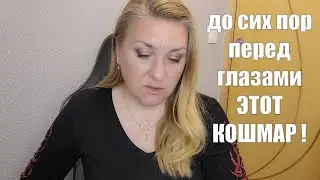
![SONIC.EXE (Version 5) [Horror Game] Destroys your Childhood!](https://images.videosashka.com/watch/PHM5u8wvjT8)
